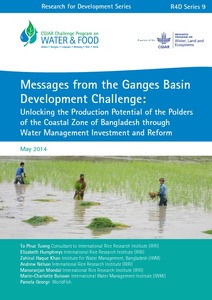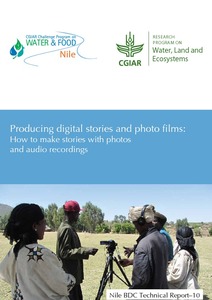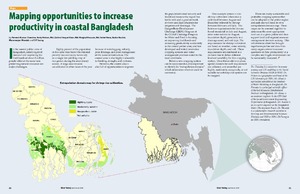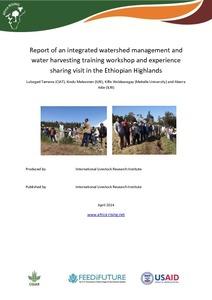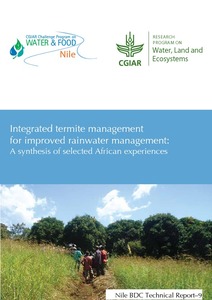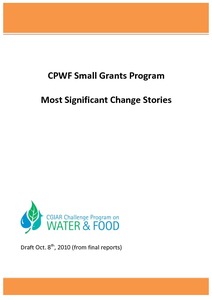Messages from the Ganges Basin Development Challenge: Unlocking the Production Potential of the Polders of the Coastal Zone of Bangladesh through Water Management Investment and Reform
The coastal polders of Bangladesh are characterized by extremes in terms of both challenges and opportunities. The polders are home to about 8 million people, where 85% of rural householders live under the national poverty line. The polders are subjected to flooding during the rainy season; drought and salinity during the dry season, and cyclones. In addition, the impacts of climate change, especially sea level rise, will be most severe in this region.

